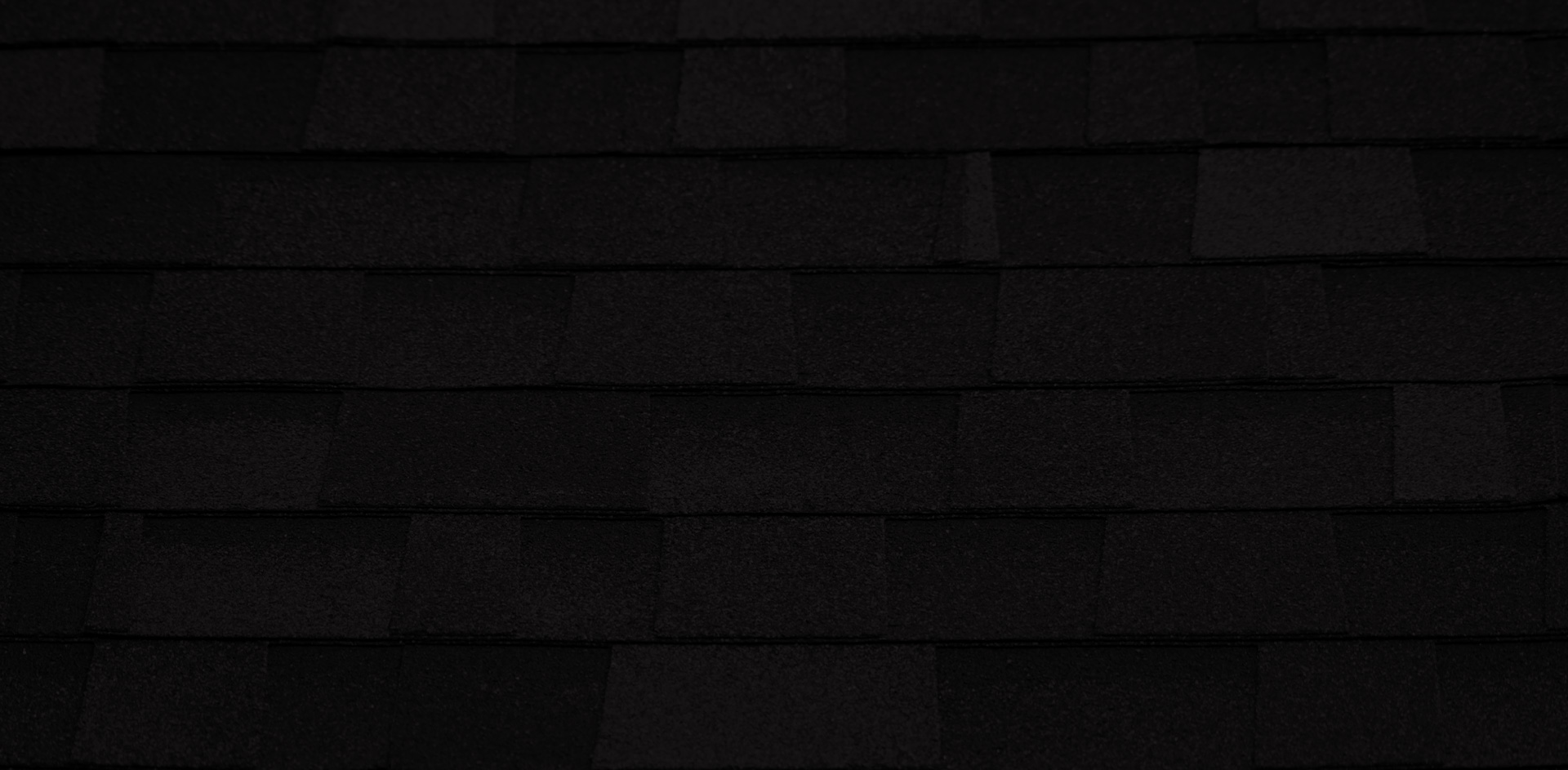In just a few weeks, another Nevadan winter will be over. If your area experienced snow and storms in the past few months, then you can expect your roof to have sustained some form of winter damage. Let’s take a look at how you can best assess the extent of this damage and what you can do to get your roof back to tip-top condition.
The coldest season of the year doesn’t just affect the surface of your roof. Snow or water can seep into cracks and crevices and cause damage to nearby roofing structures, walls, or furniture.
Don’t rush inspections
You may think that acting quickly is the best course of action; after all, letting snow sit on your roof longer can cause more damage. However, forcibly removing ice from your roof can also harm your home’s crowning glory. It’s best to wait for spring to completely dry out your roof so you can avoid causing further damage. A dry roof is also safer than a wet one, as roof experts who will be fixing your roof will be less prone to accidents and serious injury.
Pay close attention to your shingles
Your shingles are the most exposed part of your roof, so take special note of their condition when assessing the severity of winter damage. Most of the time, the destruction is obvious: shingles are chipped, broken, or missing. But even slightly raised shingles should be a cause for concern.
Raised shingles are usually a result of a sudden change in temperature. When the snow under shingles melts, its molecules expand and lift the shingles. Call a roofing expert so that they can repair your shingles by pressing them back down and sealing them. If the damage on your shingles is too extreme, however, you might need to install new ones.
Inspect your gutters and eaves
Uneven roof temperature can cause ice dams. These ridges of ice are massive, and they can break or collapse your roof. They can also take a toll on your gutters and eaves, so scan these areas for signs of ice damage, missing vent caps, holes, and dents. Schedule an appointment with your roofing contractor so that they can fix or fortify your eaves and make sure that your gutters are unobstructed by debris.
Check for internal winter roof damage
External winter roof damage is hard to miss. Broken roofing materials, missing shingles, dilapidated gutters, or standing water on your roof are glaring signs that your roof has been beaten to a pulp by the harsh winter. But the coldest season of the year doesn’t just affect the surface of your roof. Snow or water can seep into cracks and crevices and cause damage to nearby roofing structures, walls, or furniture. This is why you shouldn’t check only the top side of your roof but also its underside.
The coldest season of the year doesn’t just affect the surface of your roof. Snow or water can seep into cracks and crevices and cause damage to nearby roofing structures, walls, or furniture.
Look for signs of water seepage inside your home, especially in the attic. Check for new water stains on the ceiling, moisture on furniture, mold on walls and other surfaces, or any discoloration of walls. These are telltale signs that your roof isn’t completely sealed off and that a leak is hiding somewhere. Dampness or plaster cracking around the base of your chimney and ventilation pipes can also indicate a leak.
If you notice any of these signs, take note of their location so that you can check the corresponding area on the exterior of your house. While this may not point you to the exact location of the leak, you can relay this information to your roofing contractor, thus giving them a good idea of where the water might have come in.
Prepare for the next winter
It’s never too early to start bolstering up your roof for the next winter. When your roof is ready for what’s to come, you can drastically minimize winter damage and save up on repair costs.
Make D&D Roofing and Sheet Metal, Inc., Inc. the contractor you call for any of your roofing needs. From preparing your roof for winter to patching it up, our skillful workmanship won’t disappoint. Call us today at (775) 521-7440 or send us a message for a complimentary roof assessment.

